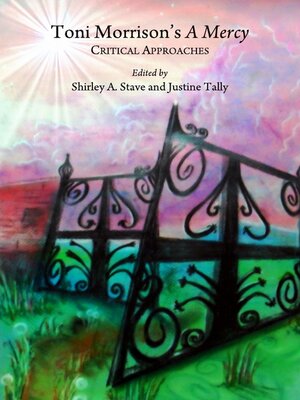
Sign up to save your library
With an OverDrive account, you can save your favorite libraries for at-a-glance information about availability. Find out more about OverDrive accounts.
Find this title in Libby, the library reading app by OverDrive.



Search for a digital library with this title
Title found at these libraries:
| Loading... |
Toni Morrison's ninth novel, A Mercy, has been received with much acclaim by both the critical and lay reading public. Hailed as her best novel after the award-winning Beloved, most critics to date have concentrated on its setting in the late seventeenth century, a time in which, according to the author herself, slavery was "pre-racial," a time before the "Terrible Transformation" irrevocably linked slavery to skin-color or "race." Though a slender, easy to read novel, A Mercy is in fact a richly-layered text, full of multiple meanings and possibilities, a work of art that has only just begun to be "mined" for its critical import. The present volume is the first to deal with these possibilities, presenting a variety of critical approaches that include narrative theory, the eco-critical, the geographical, the allegorical, the Miltonian, the feminist, the metaphorical, and the Lacanian. As such, not only is it conceived to enrich the work of Morrison scholars and students, but also to illuminate the use of critical theory in elucidating a complex literary text. A Mercy clamors for close reading and thoughtful interrogation and promises to reward the perceptive reader.






